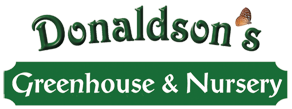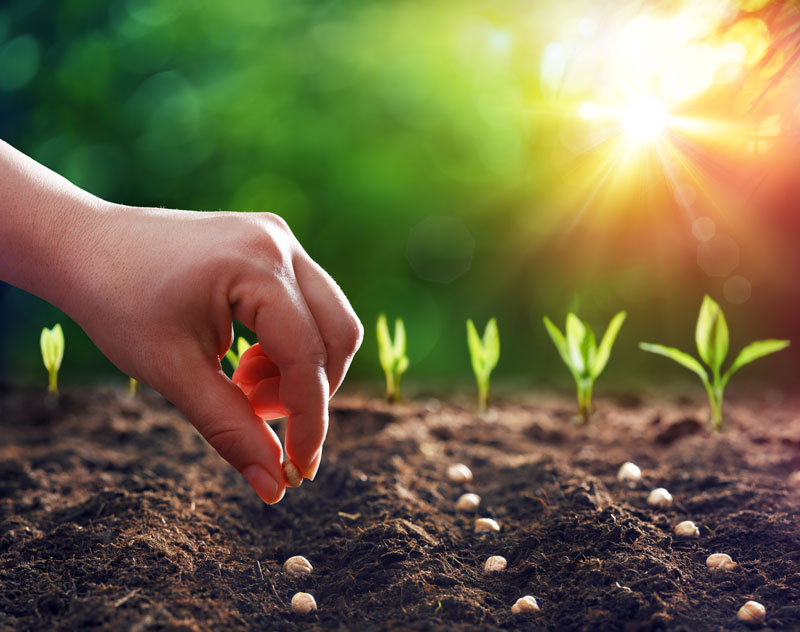Blog
Planning Your Vegetable Garden: What to Grow This Year
Gardening is a rewarding endeavor that offers fresh produce right at your doorstep. At Donaldson’s Greenhouse, we believe everyone can cultivate a thriving vegetable garden with a bit of planning and care. Whether you’re a seasoned gardener or just getting your hands dirty for the first time, choosing what to grow is an exciting step. Let’s dive into the essentials of planning your vegetable garden for this year, featuring tips on selecting the right vegetables, understanding your climate zone, and optimizing your space.
1. Know Your Zone
Before you start dreaming about your garden, it’s crucial to understand your climate zone. The USDA Plant Hardiness Zone Map is a great tool to determine which plants will thrive in your location. Your zone influences the growing season’s length and what plants will do best. Remember, local microclimates can also affect your gardening success, so observe your garden’s specific conditions, such as sun exposure, wind patterns, and moisture.
2. Assess Your Space
Evaluate the space you have available. Whether you’re working with an expansive backyard or a small balcony, you can grow a variety of vegetables. Traditional in-ground gardens are great for large spaces, while raised beds can enhance drainage and reduce bending for easier maintenance. Don’t forget about container gardening, a perfect solution for those with limited outdoor space. It allows you to grow almost anything, from tomatoes to greens, in pots on your patio or balcony.
3. Choose Your Vegetables
Selecting what to grow is arguably the most enjoyable part of garden planning. Consider the following:
- Preferences: Grow what you and your family love to eat. There’s nothing more satisfying than harvesting your favorites.
- Space Requirements: Some crops, like pumpkins and melons, require more space, while others, like lettuce and radishes, are more compact.
- Growing Conditions: Certain vegetables thrive in cooler temperatures (e.g., spinach, peas, kale), while others need more warmth (e.g., tomatoes, peppers, eggplants).
- Harvest Time: Mixing early, mid-season, and late-harvesting plants can extend your garden’s productivity.
Top Picks for Your Garden
- Leafy Greens: Spinach, kale, and lettuce are easy to grow and perfect for early spring and fall.
- Root Vegetables: Carrots, beets, and radishes can be planted early and don’t require much space.
- Herbs: Basil, cilantro, and parsley are great for beginners and can be grown in small spaces.
- Tomatoes and Peppers: Warm-season favorites that are ideal for sunny spots.
- Cucumbers and Zucchinis: Perfect for vertical gardening, saving space while yielding plenty.
4. Plan for Success
- Rotation: Rotate crops each year to prevent soil depletion and reduce pest buildup.
- Companion Planting: Some plants, when grown together, can improve growth, deter pests, and enhance flavors.
- Succession Planting: Stagger plantings of certain crops every few weeks to ensure a continuous harvest throughout the season.
5. Start Small
If you’re new to gardening, it’s wise to start small. A few well-maintained plants can produce a surprising amount of food, and it’s better to expand your garden gradually as you gain confidence and experience.
Planning your vegetable garden is an enriching process that can lead to a bountiful harvest and a deeper connection with nature. At Donaldson’s Greenhouse, we’re here to support you every step of the way, from selecting the right seeds to harvesting your first crop. Remember, the best garden is not merely about the yield but the joy and learning that comes with nurturing life from the soil. Happy gardening!

